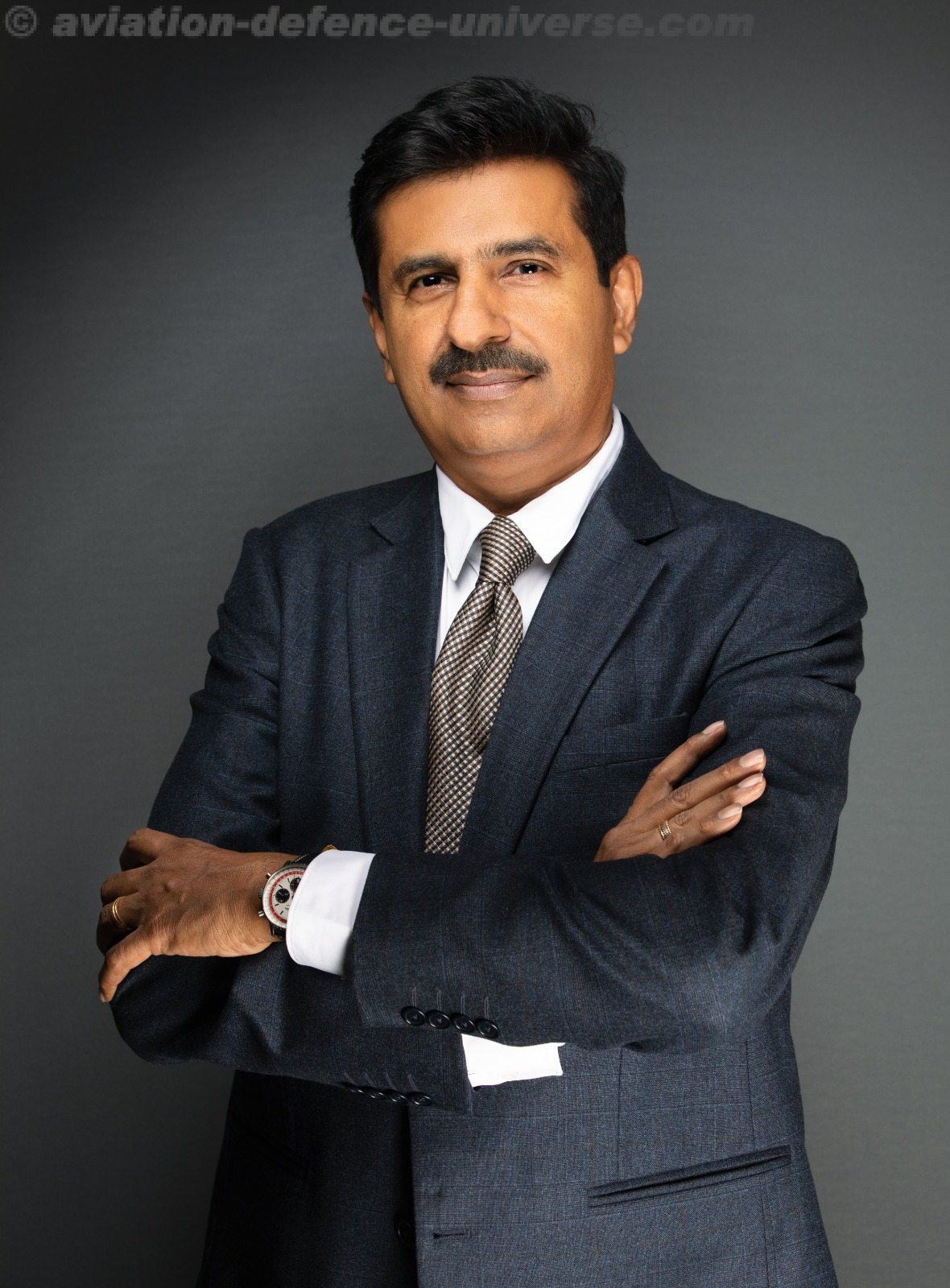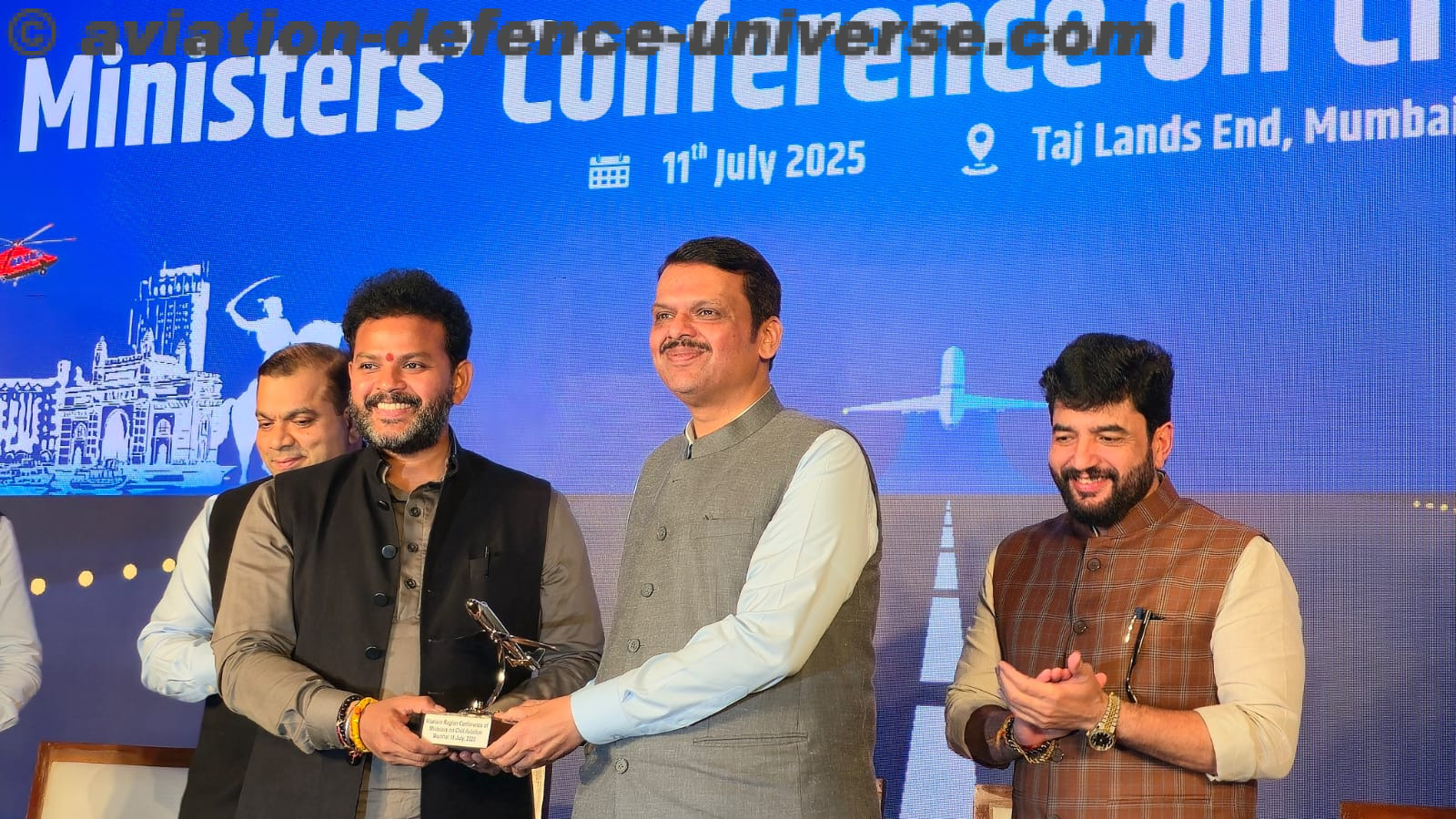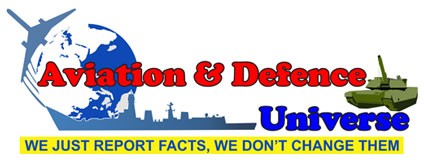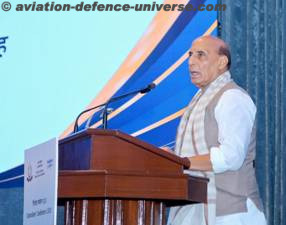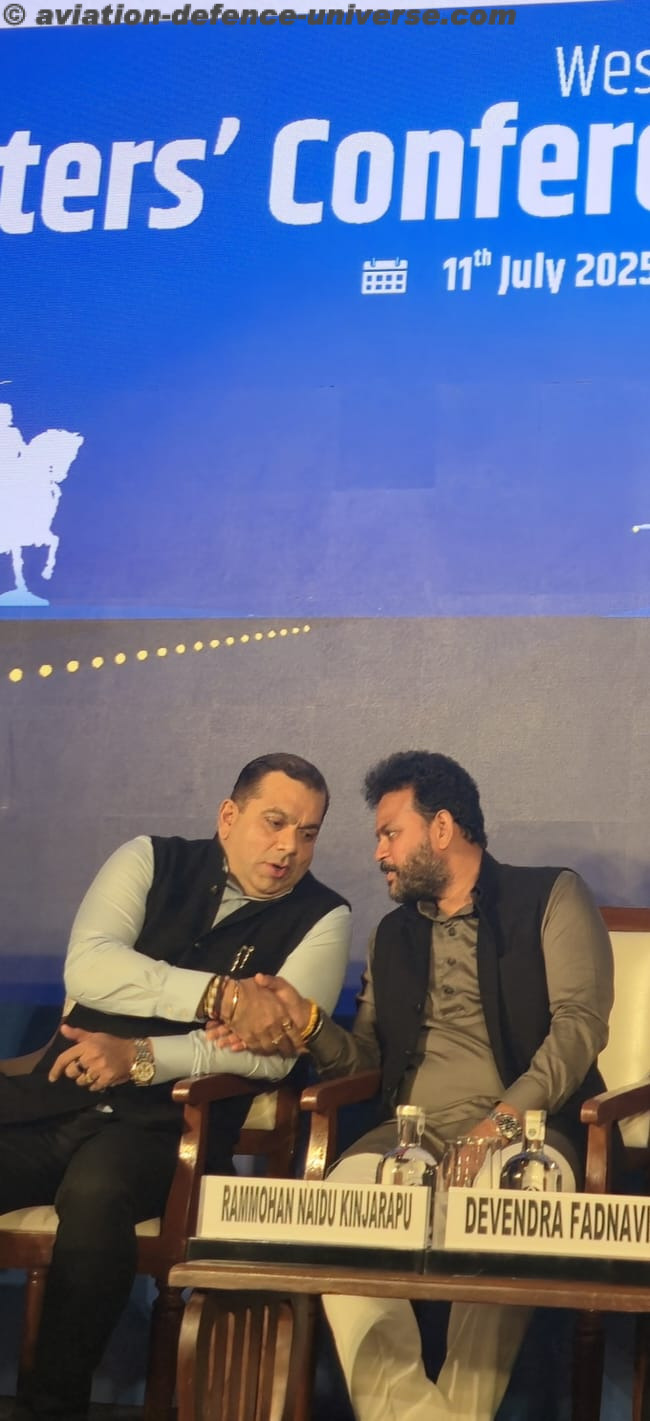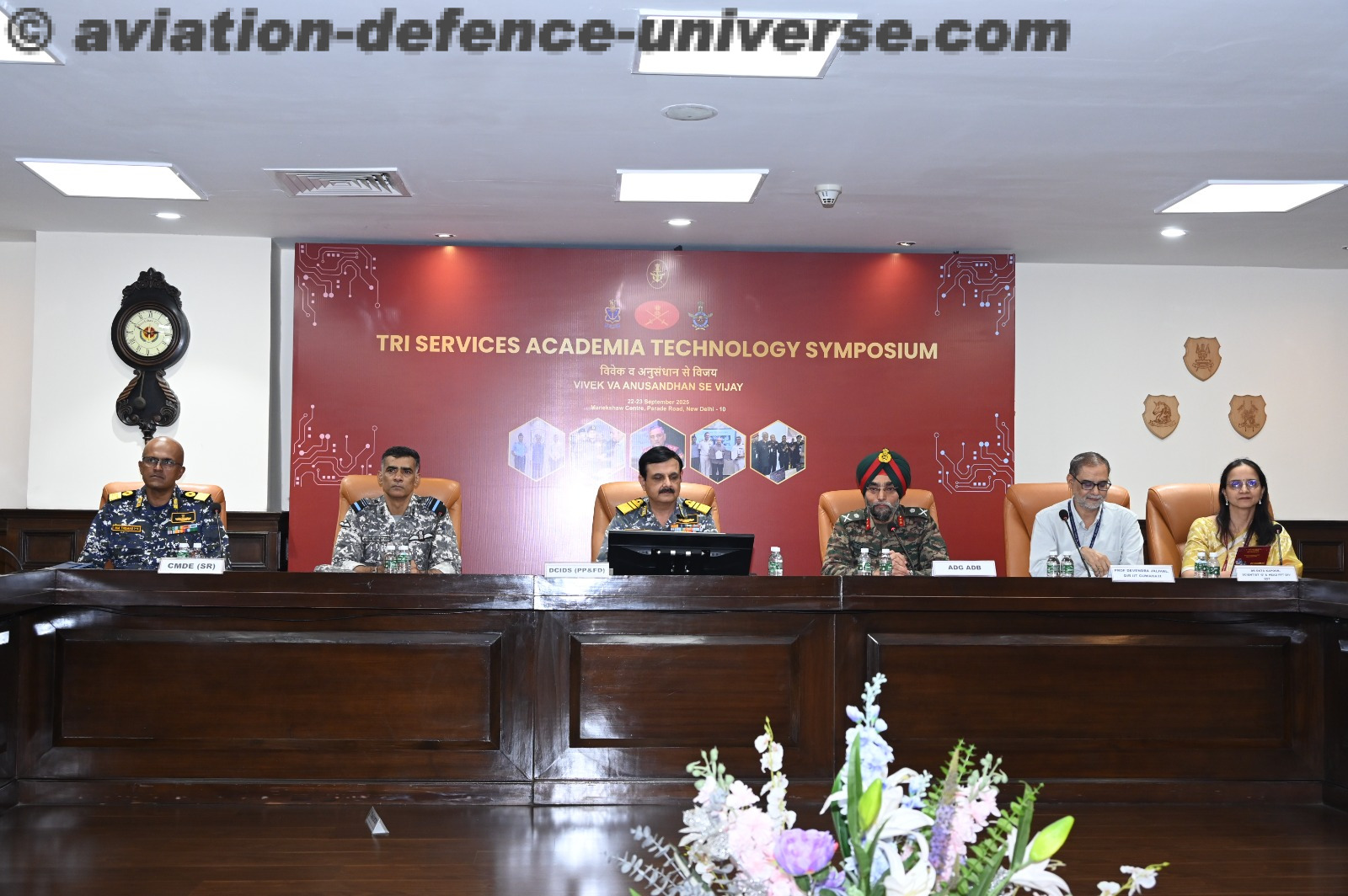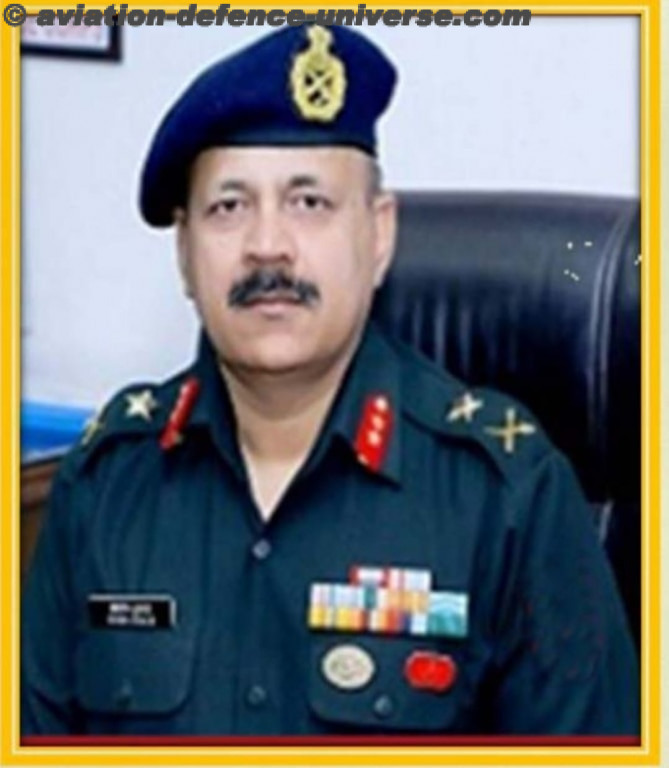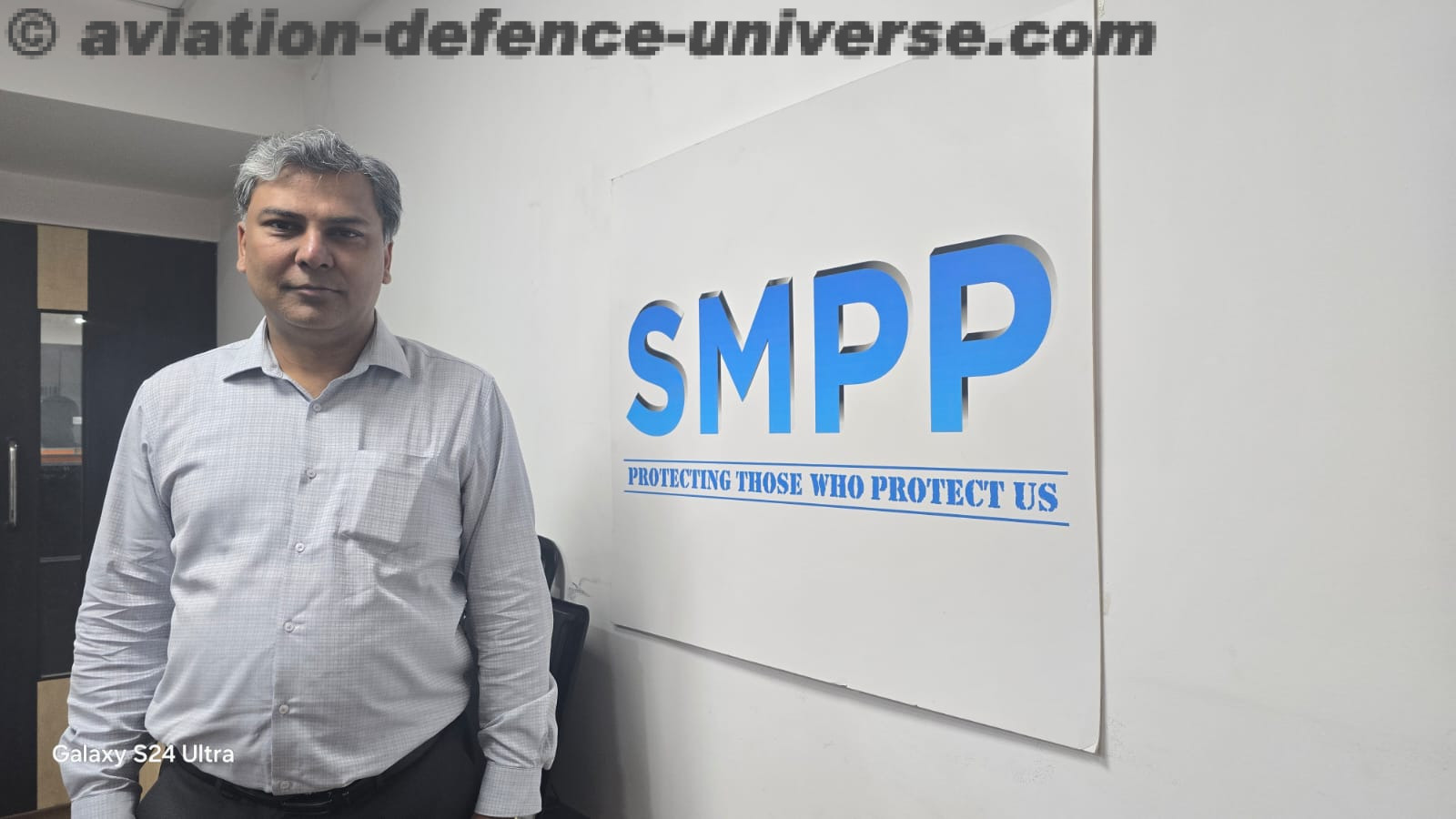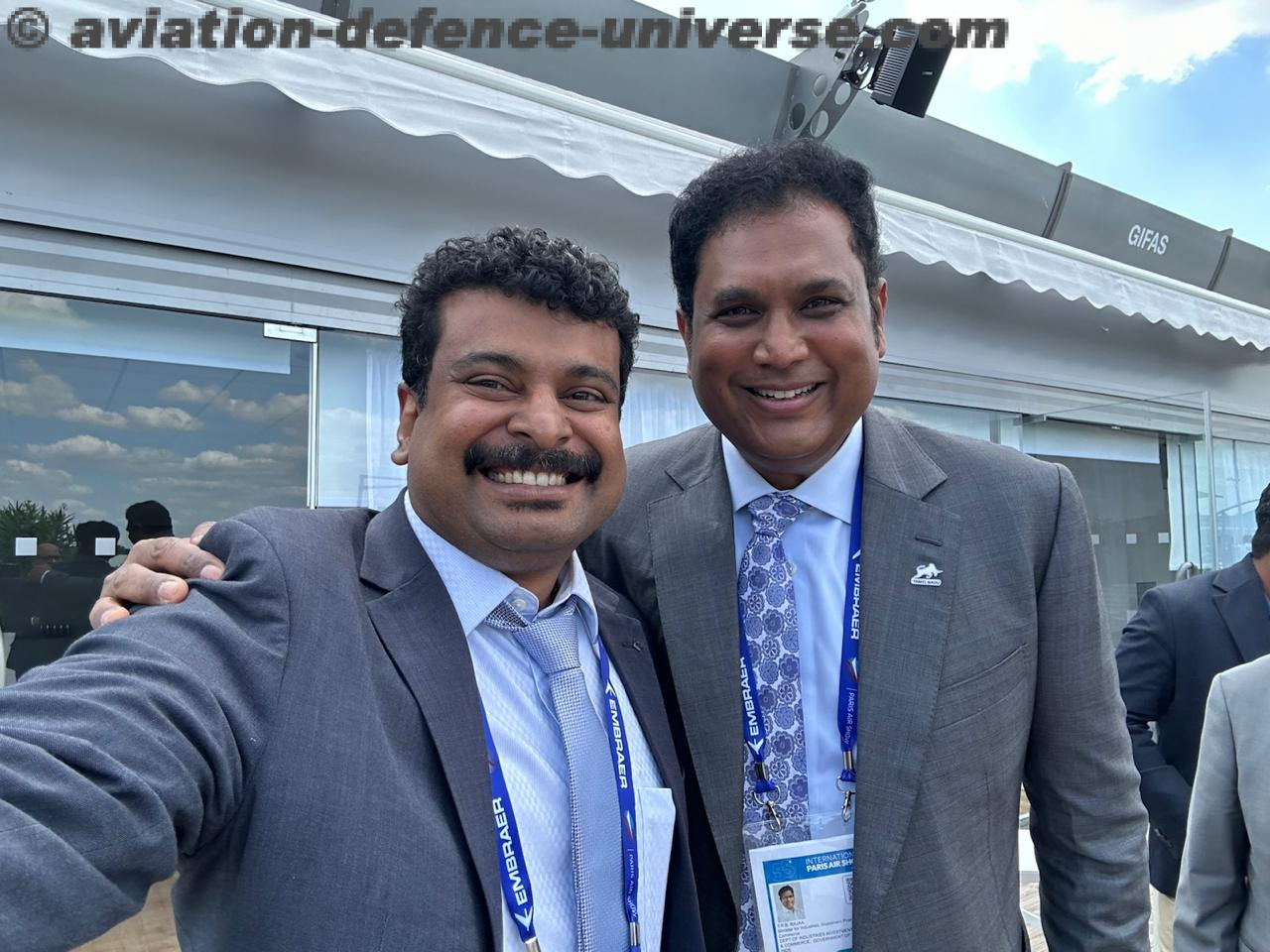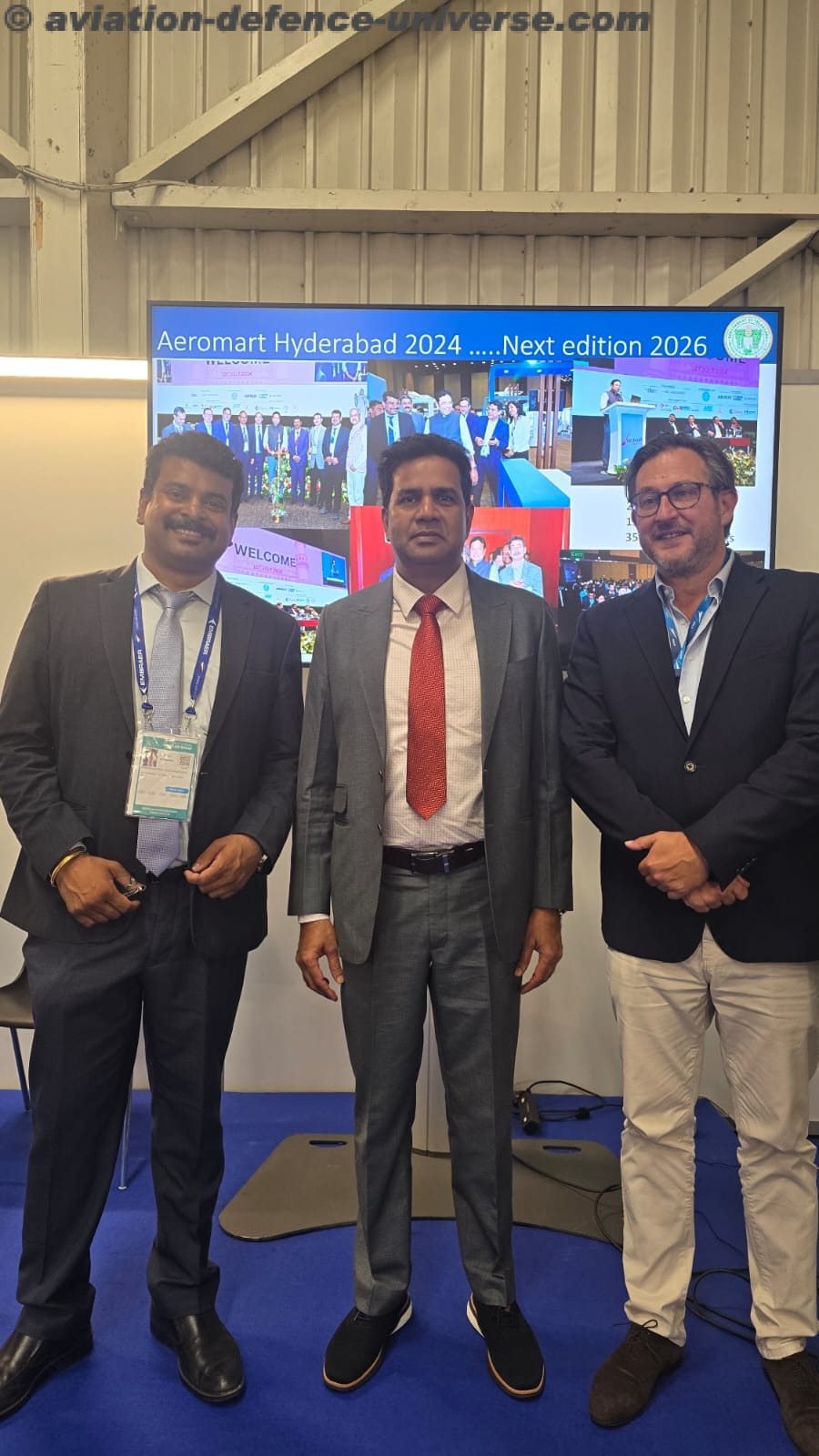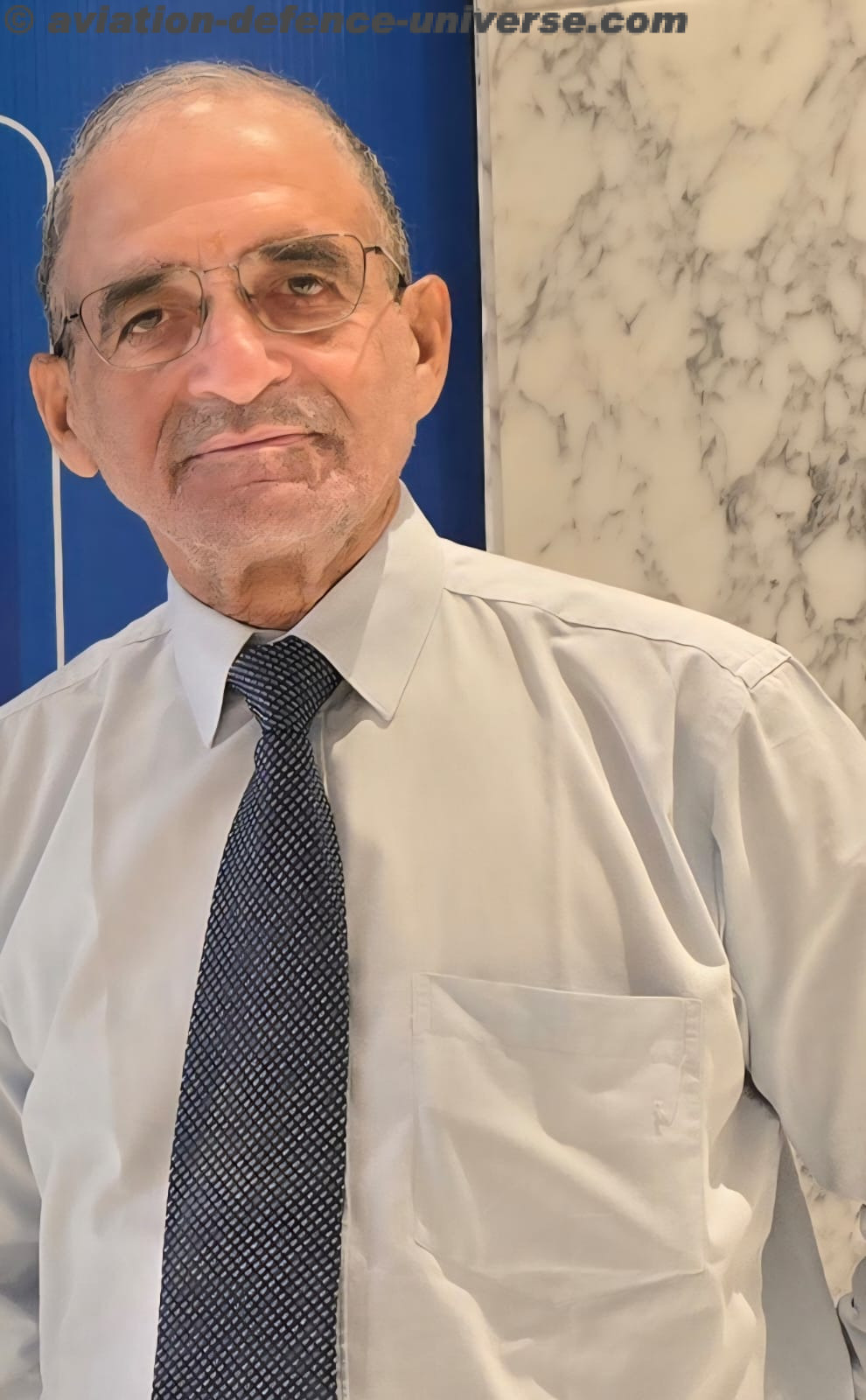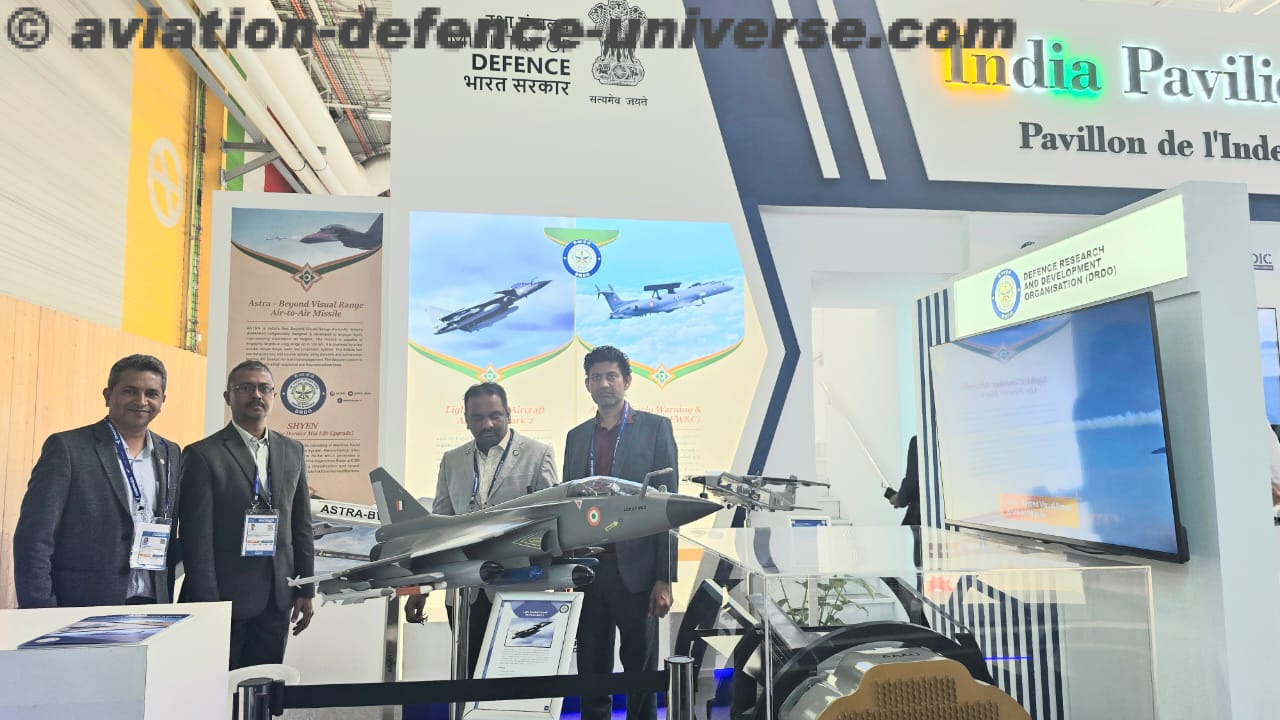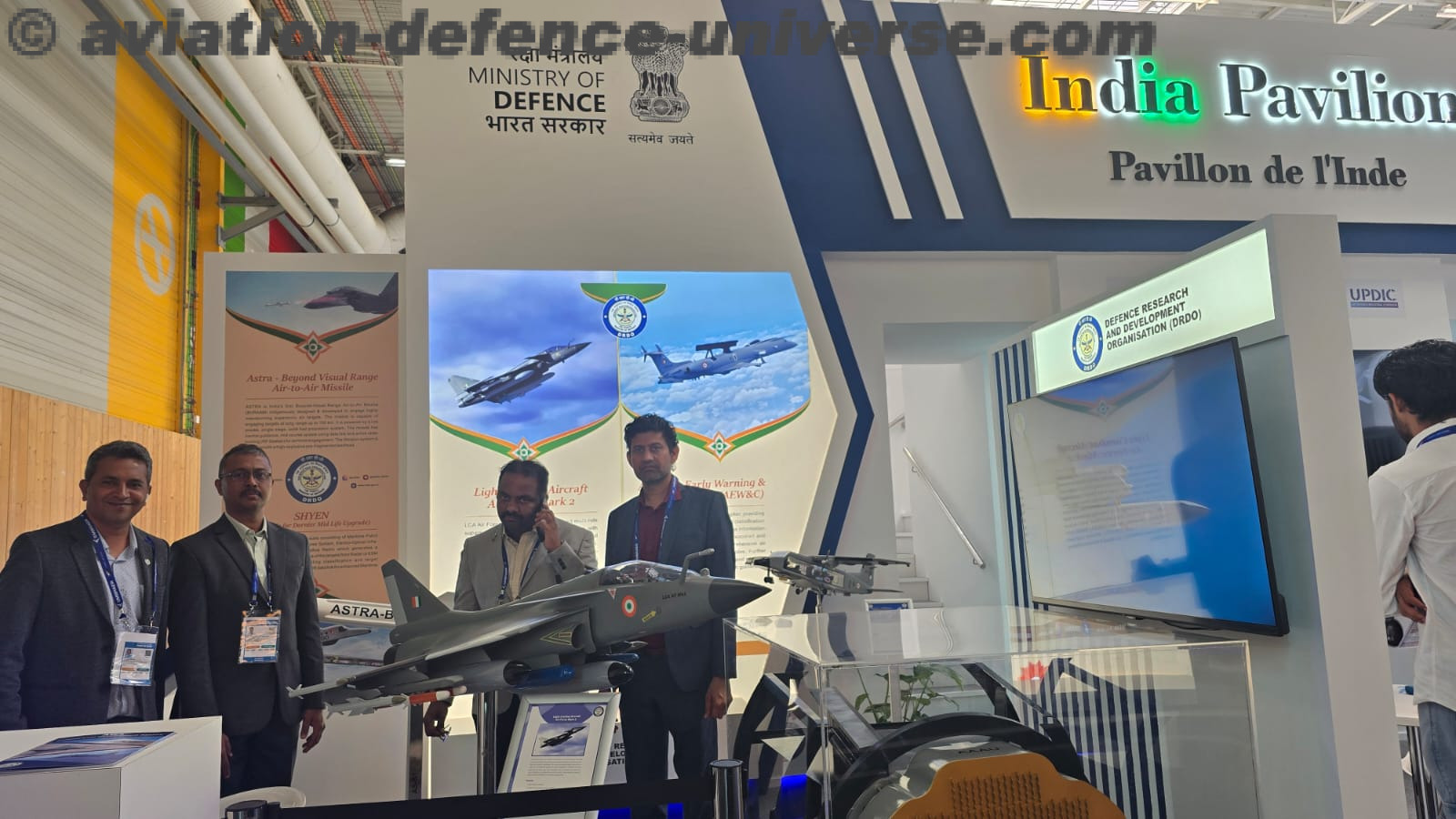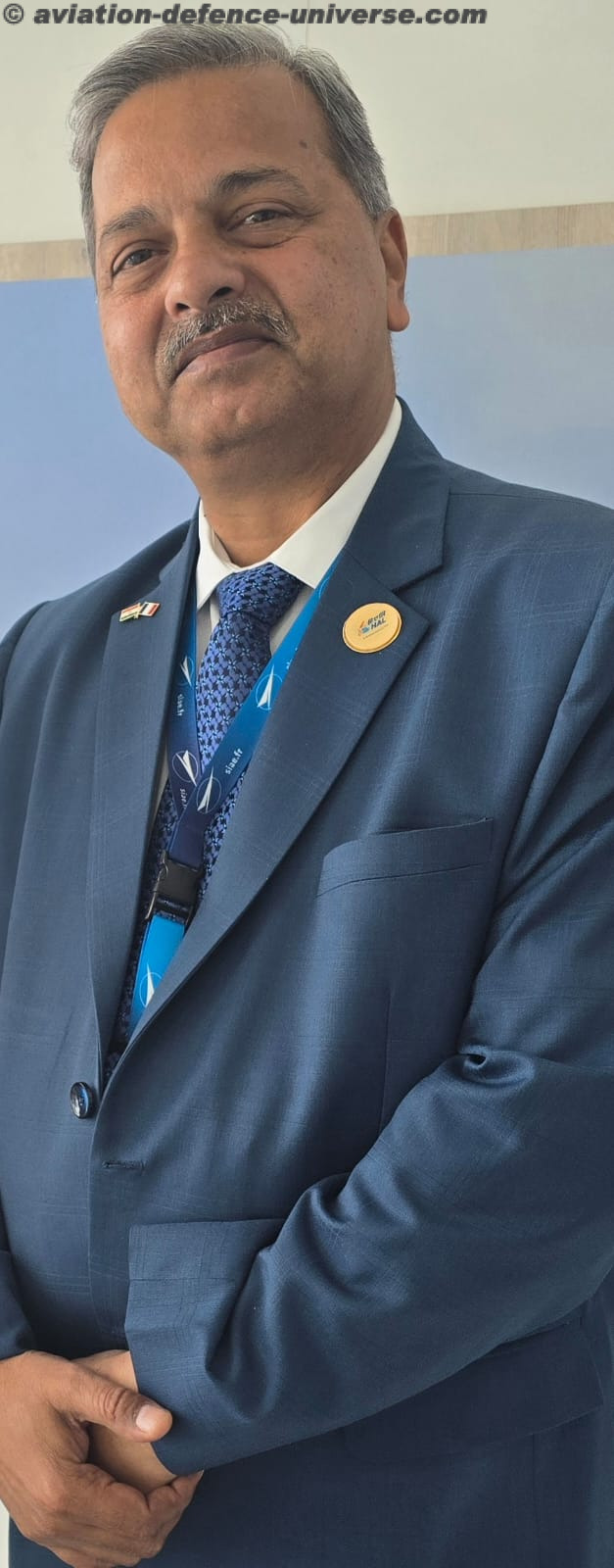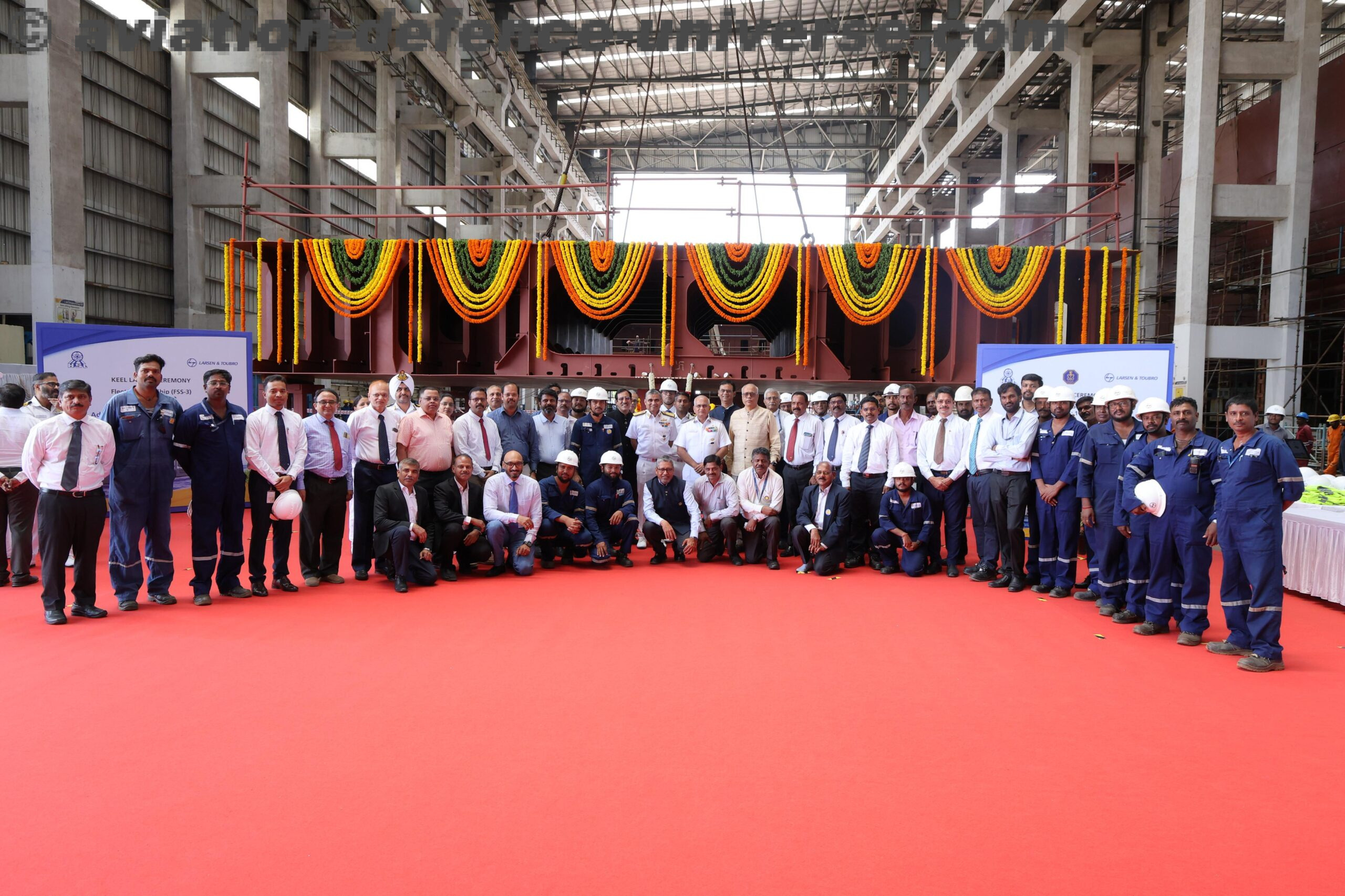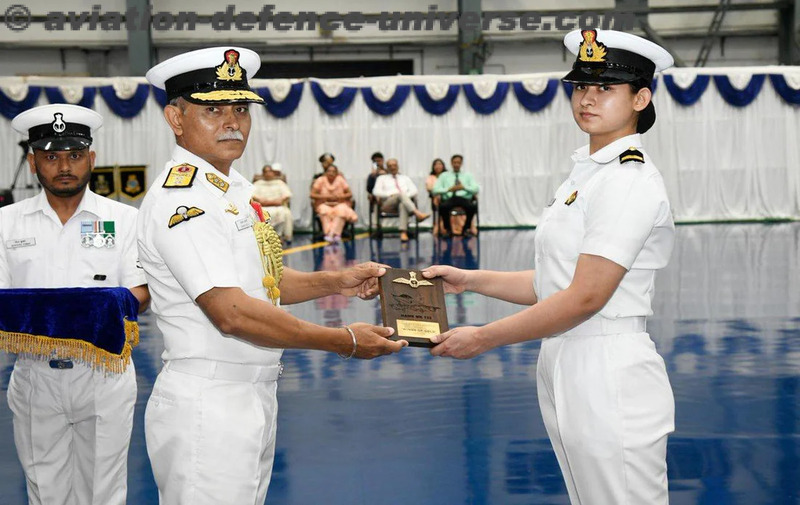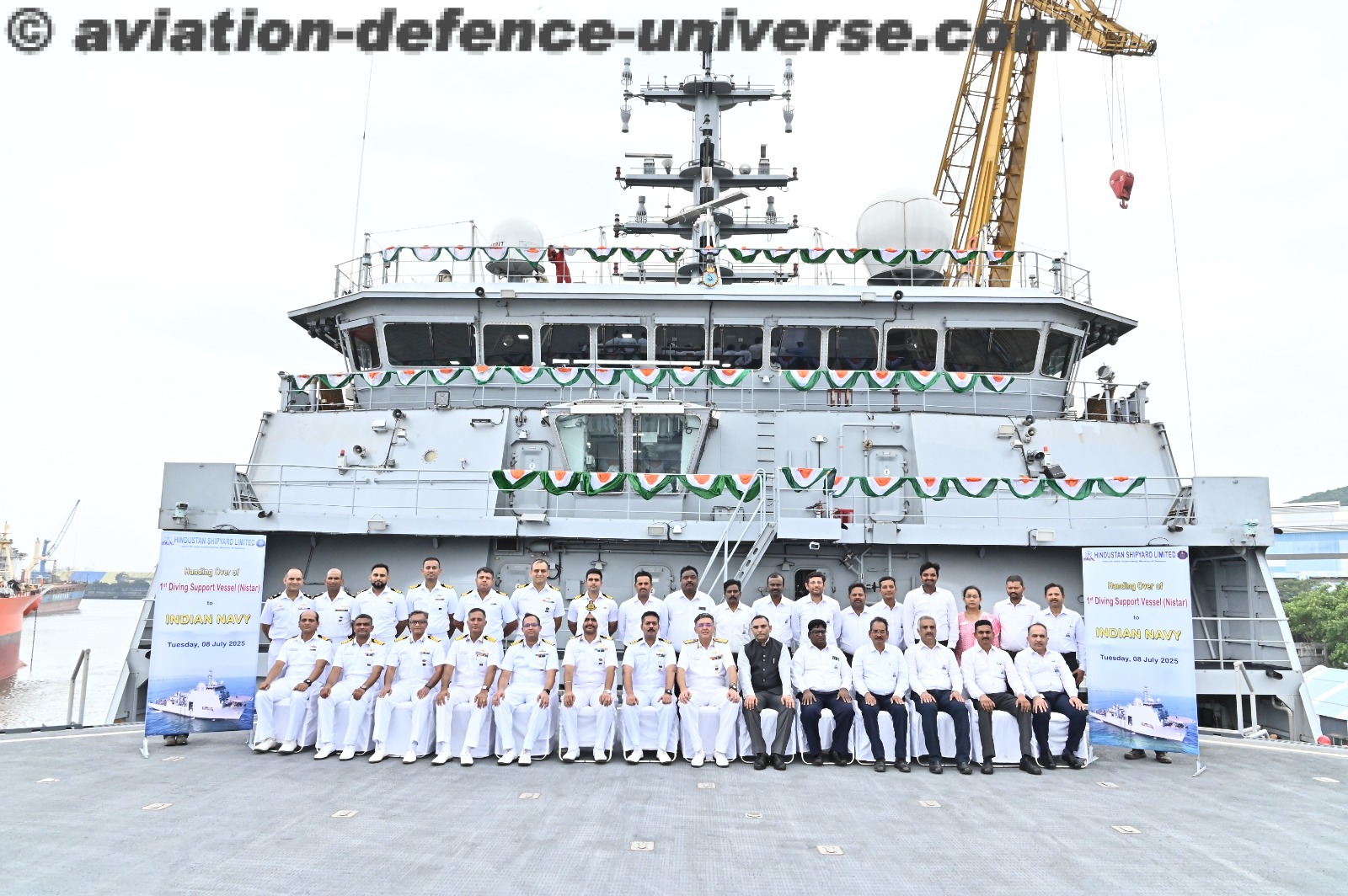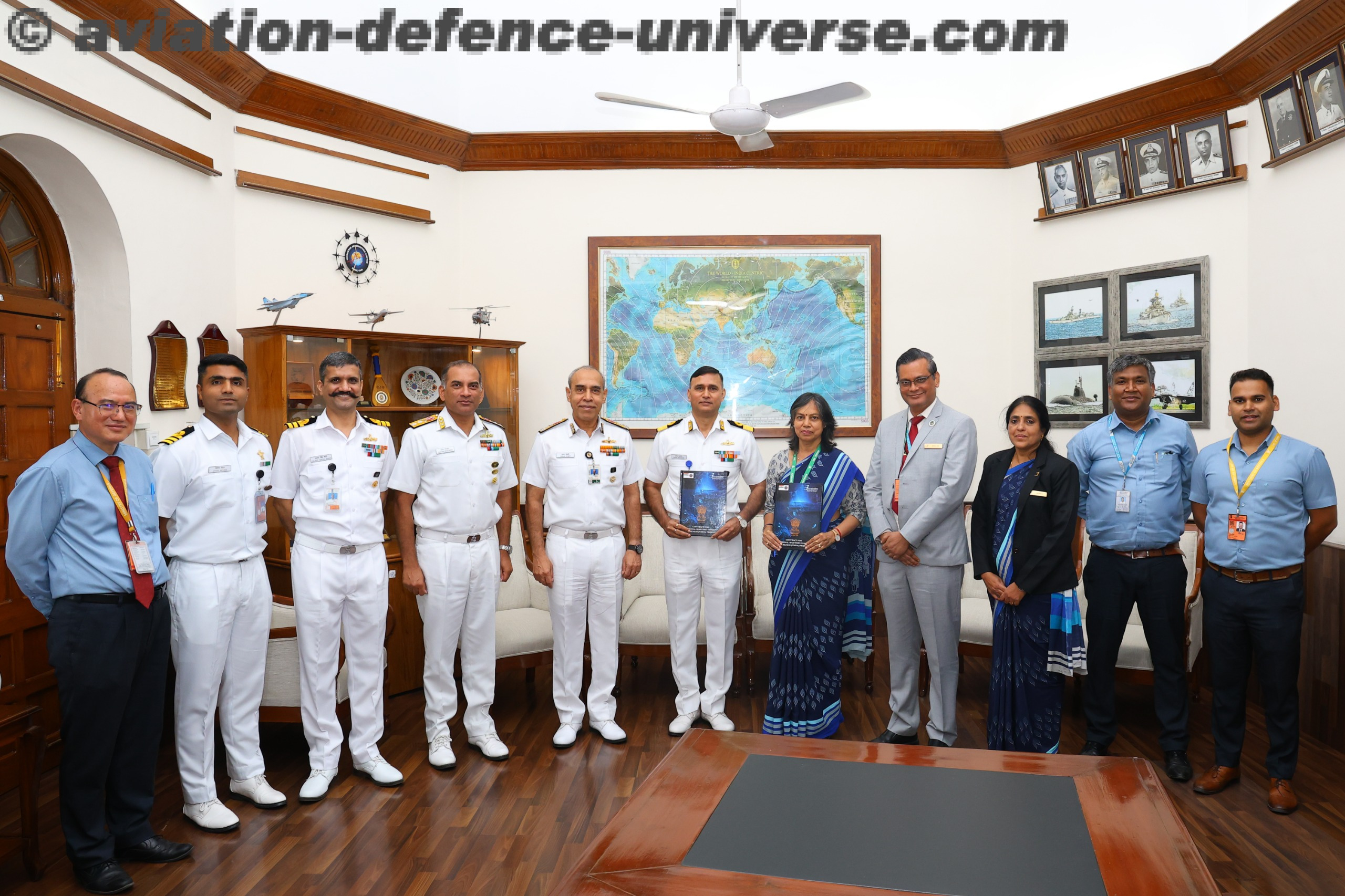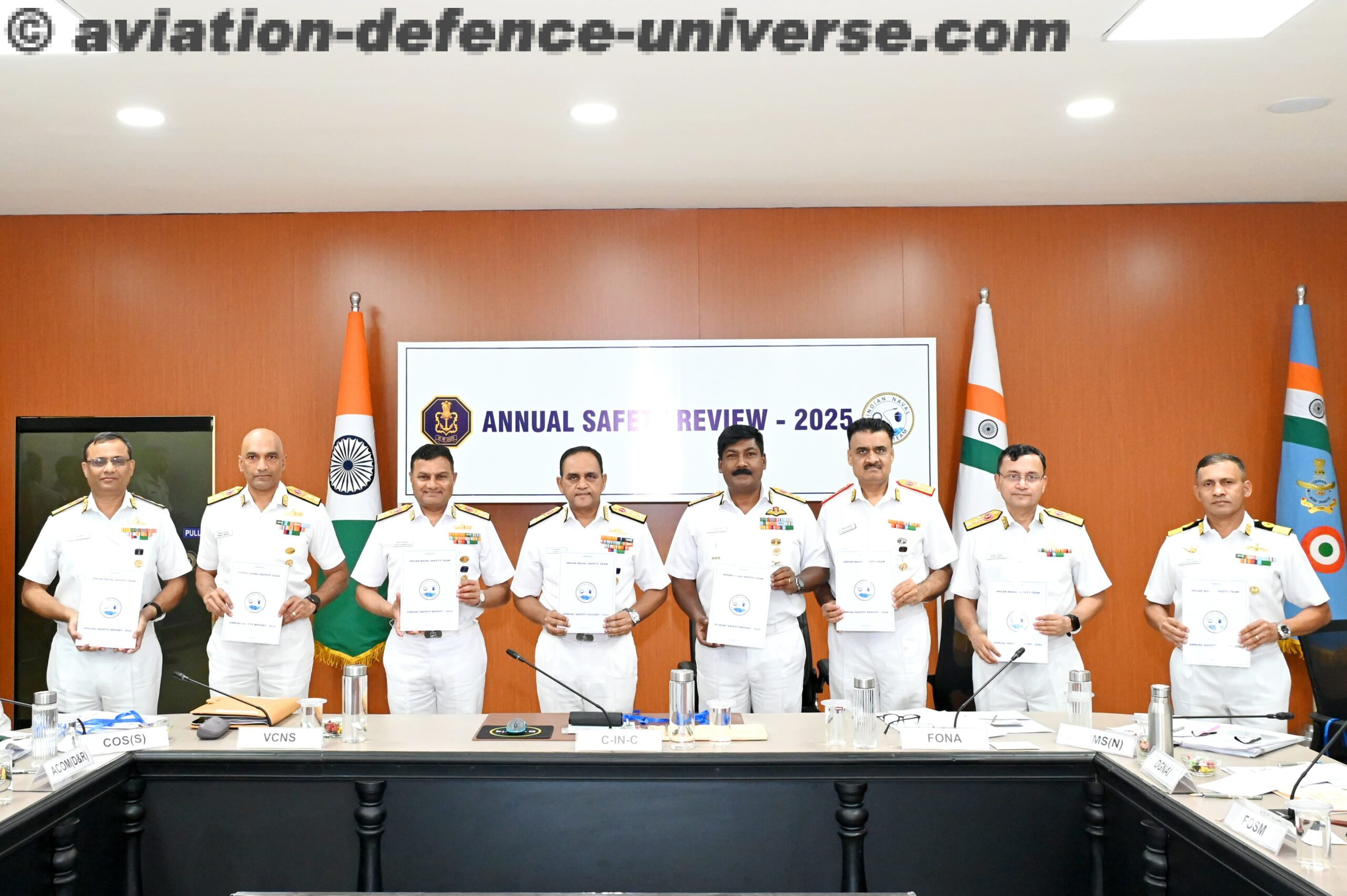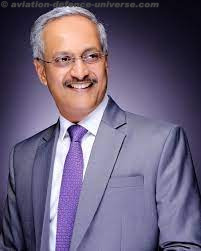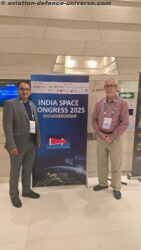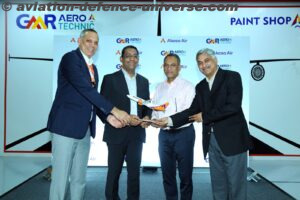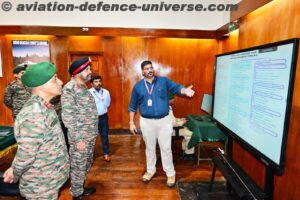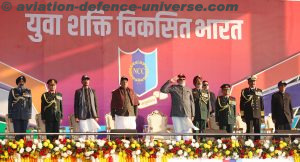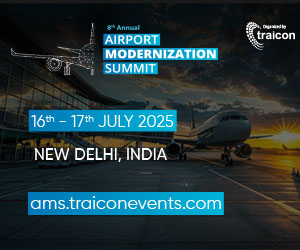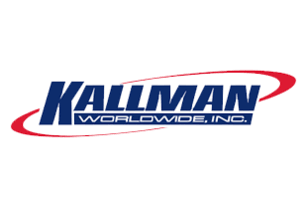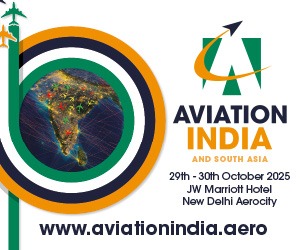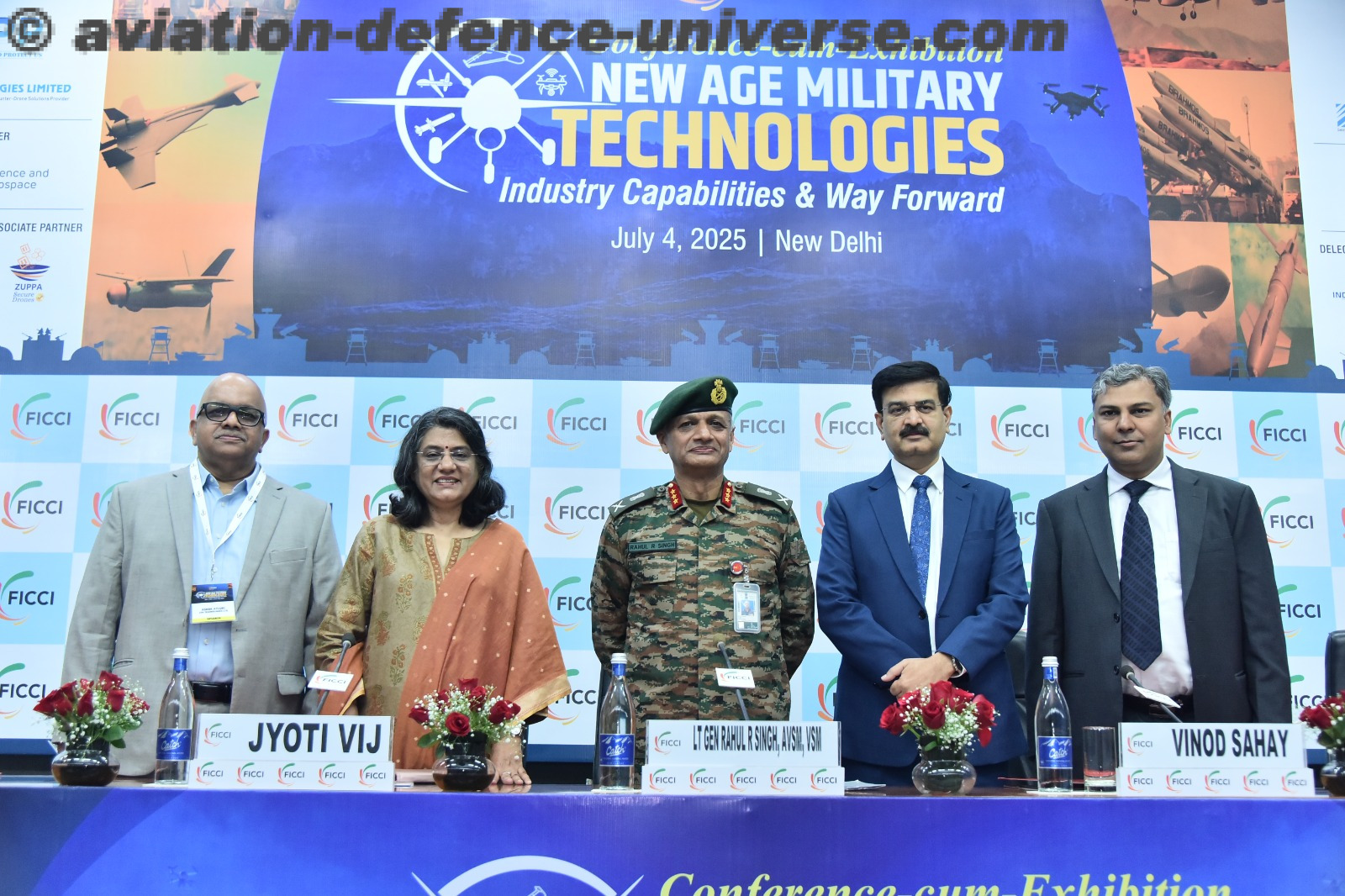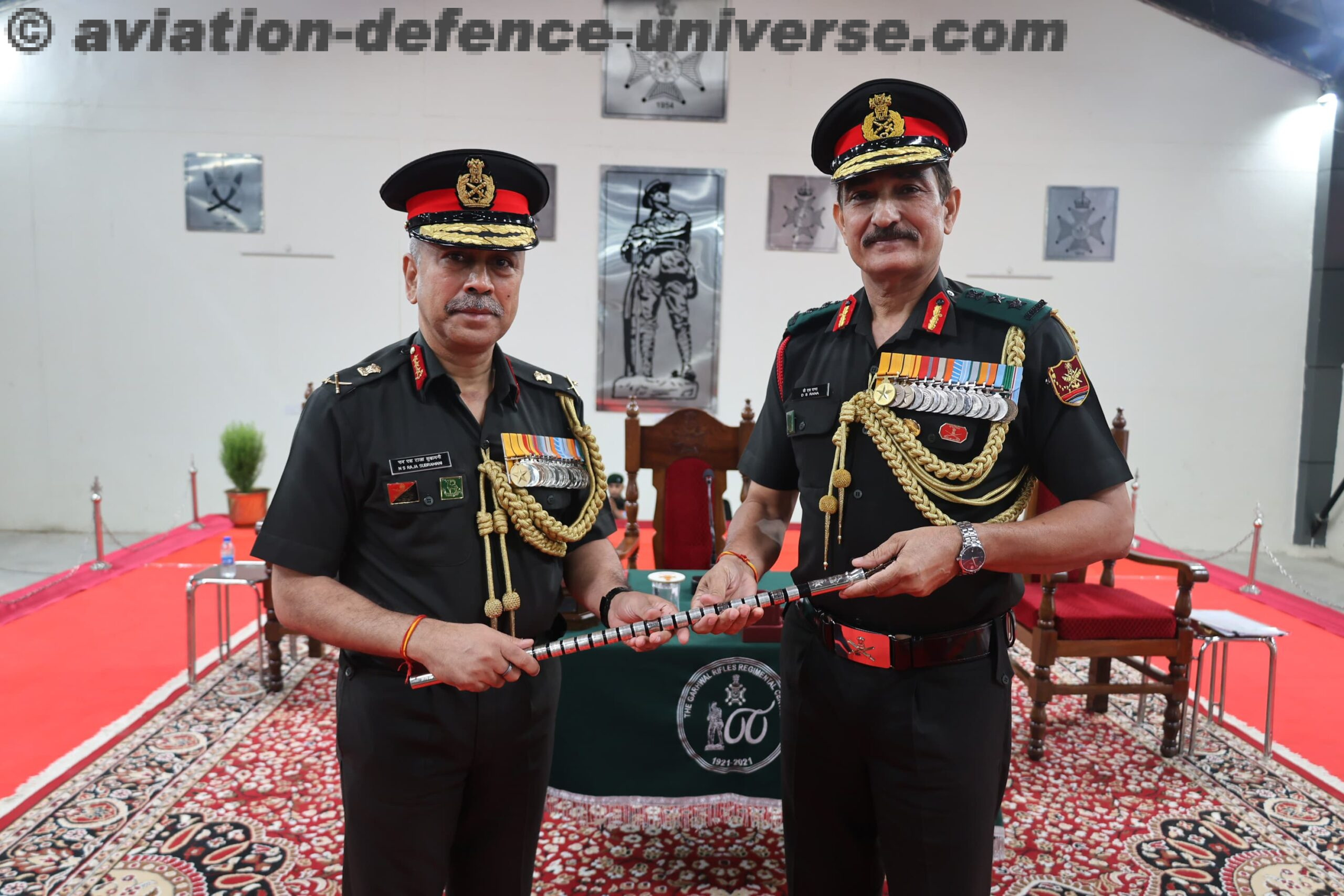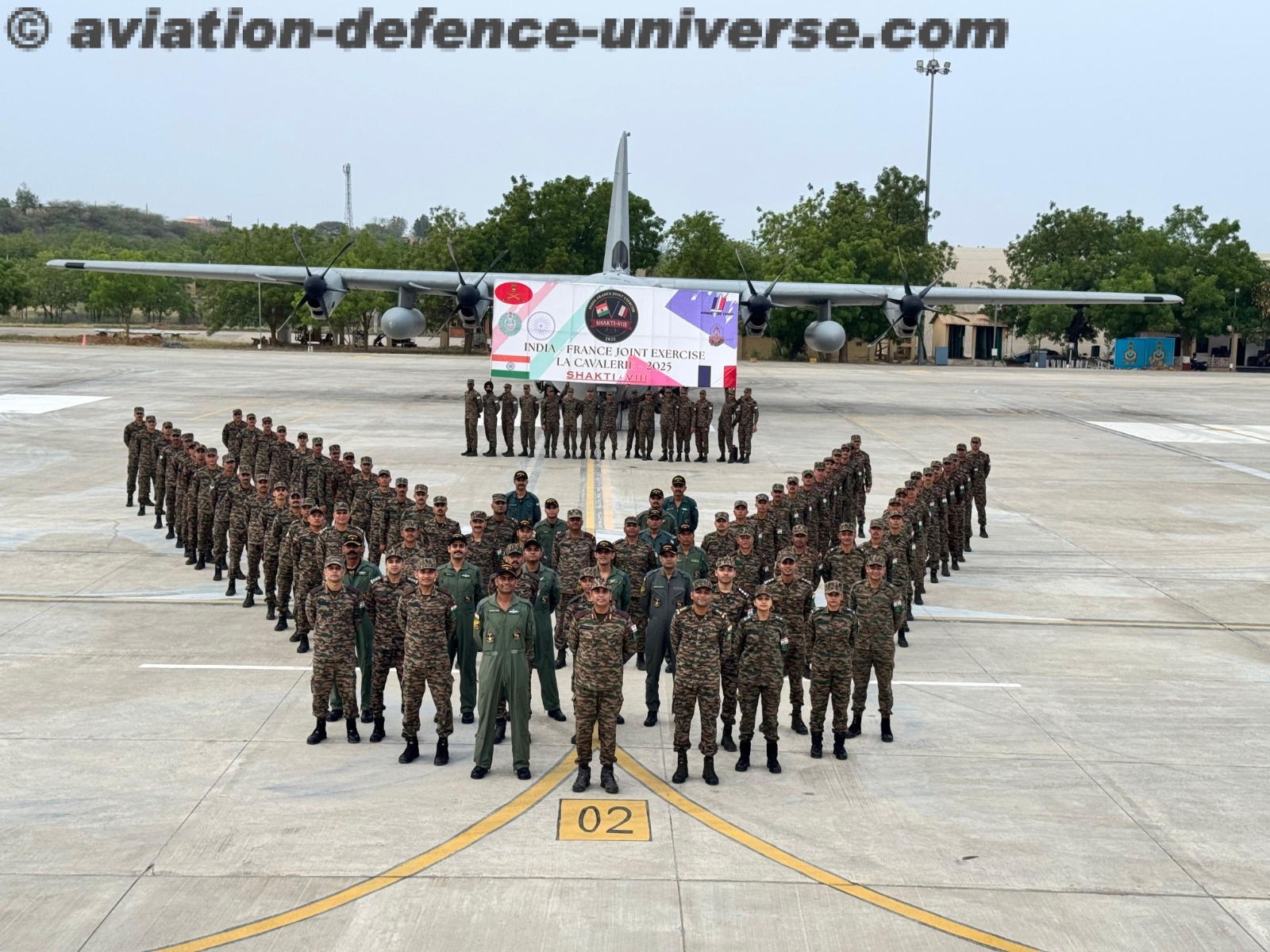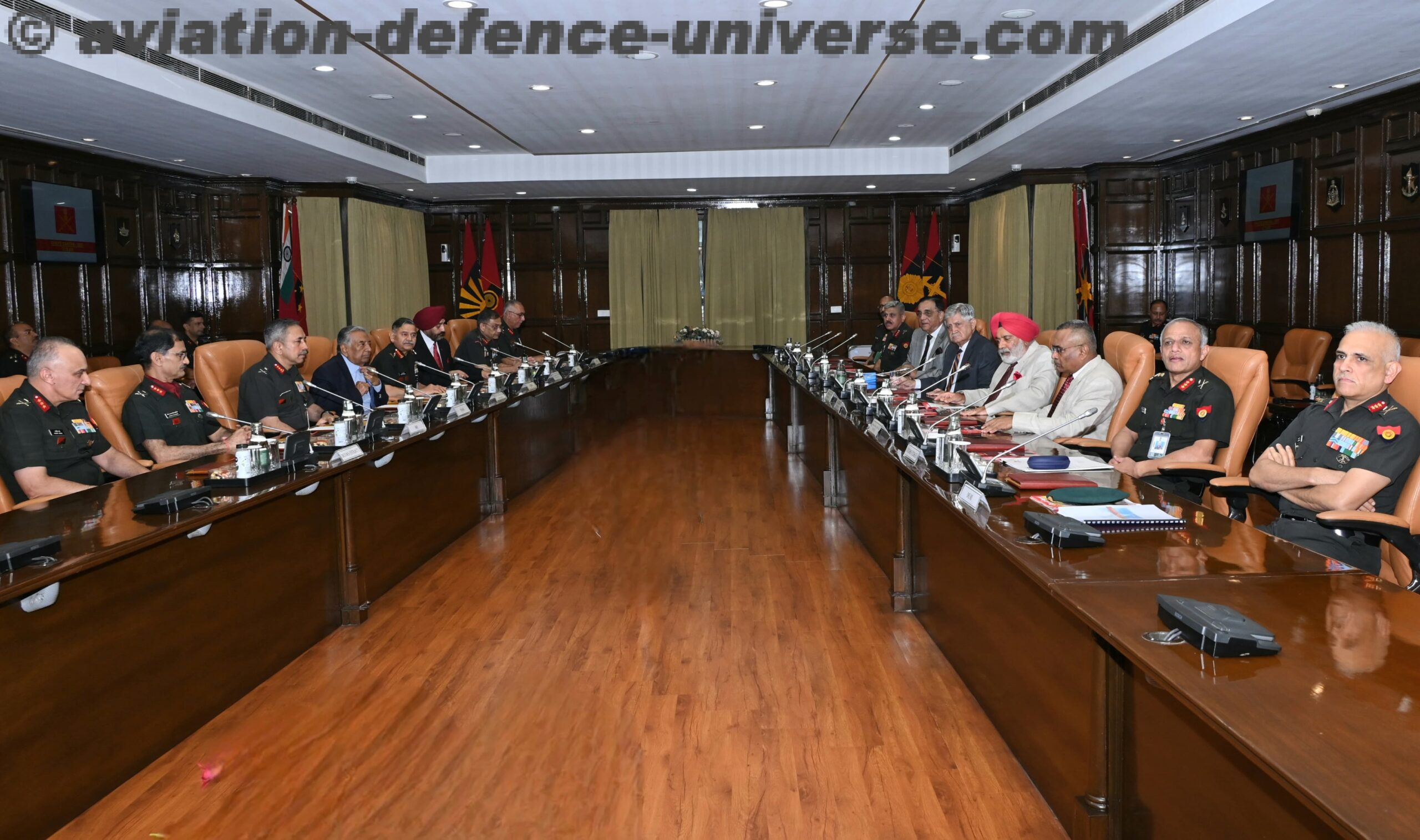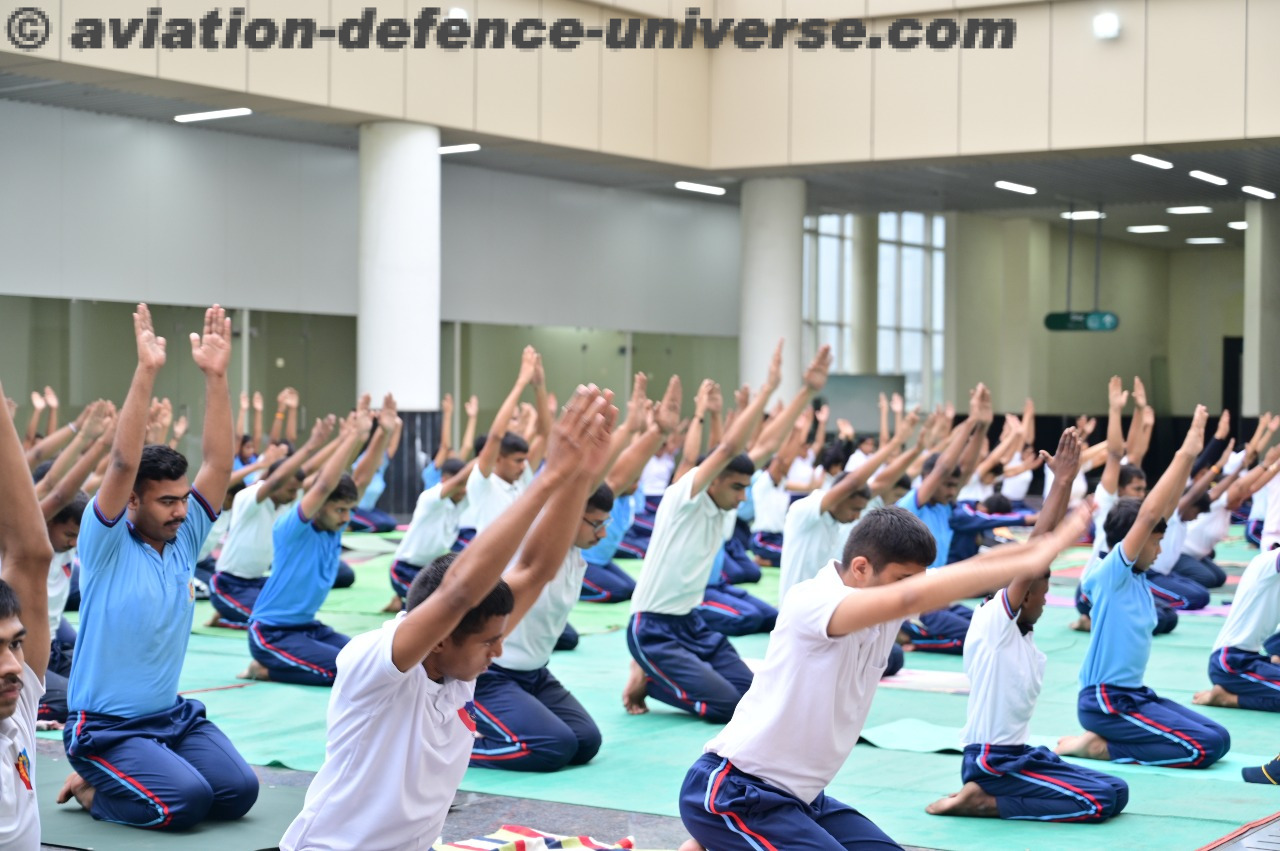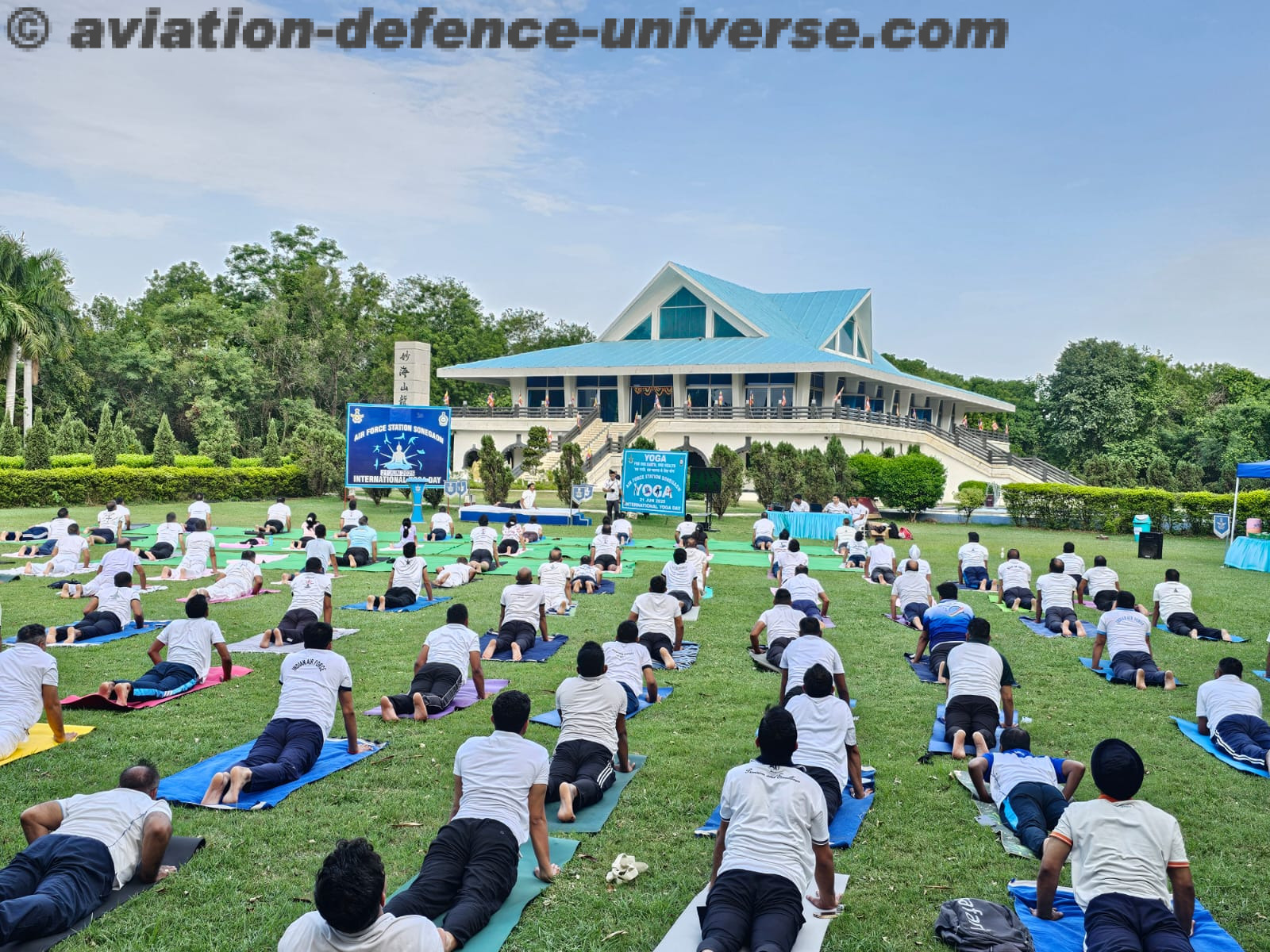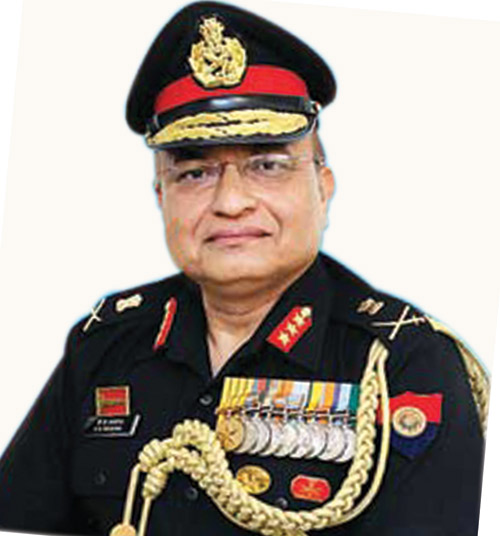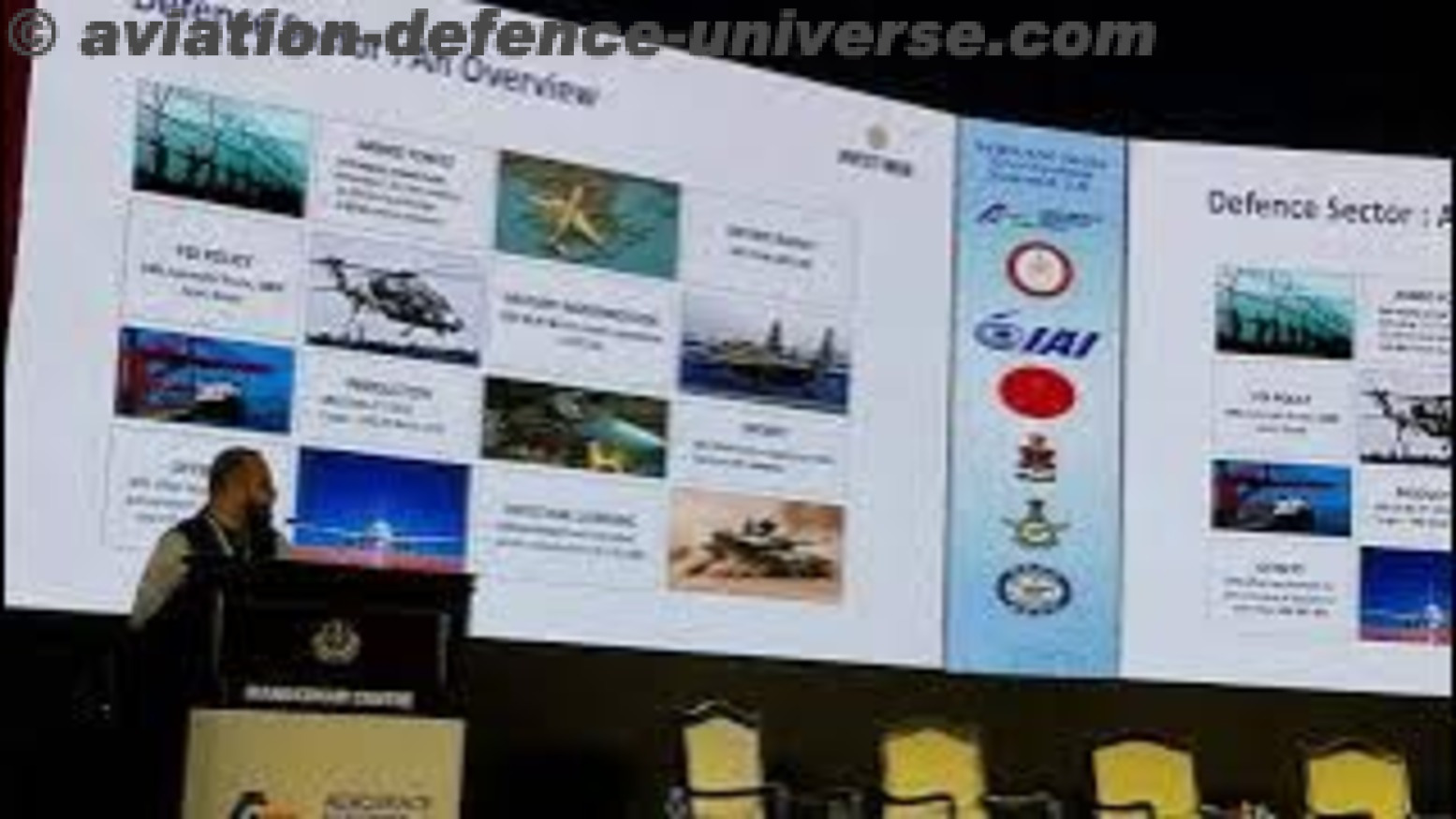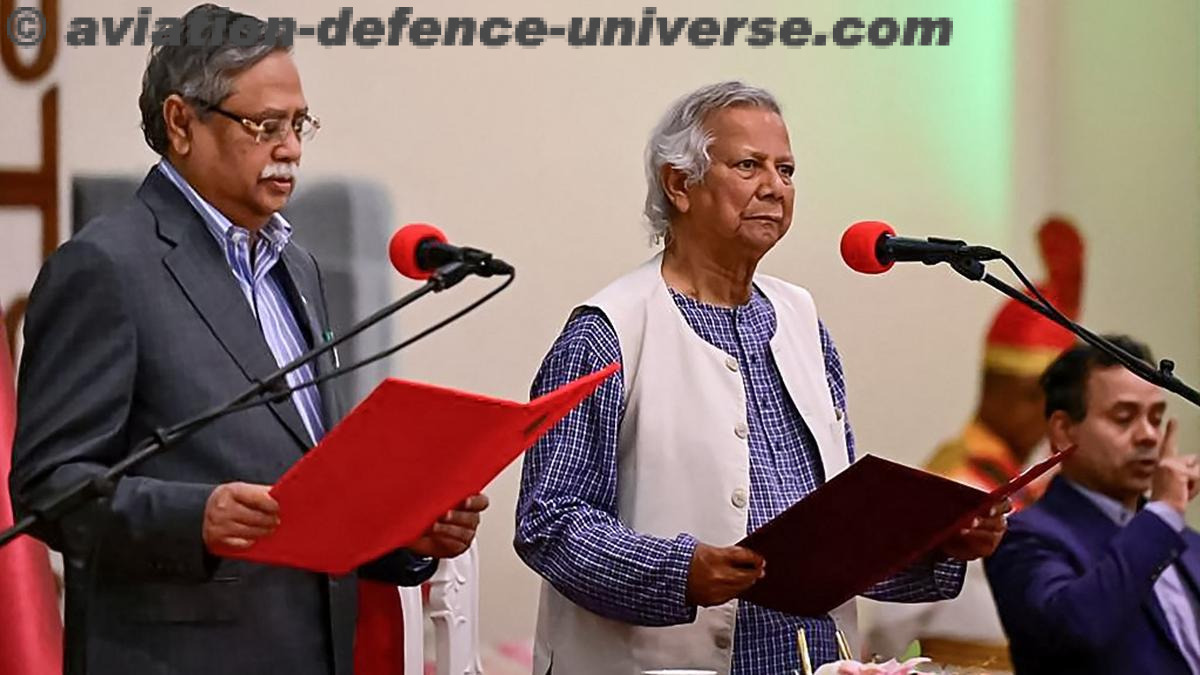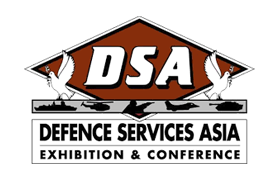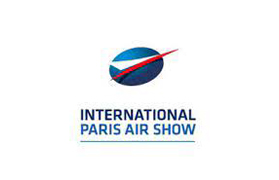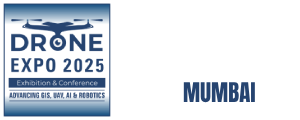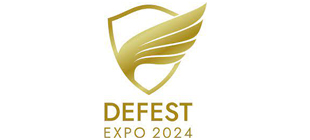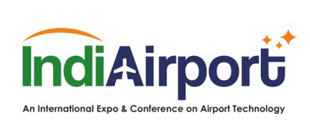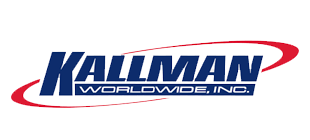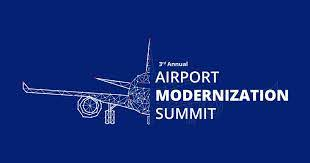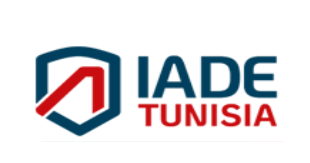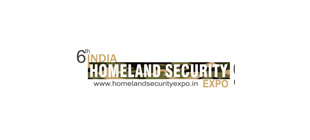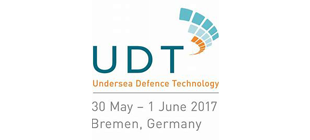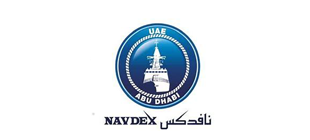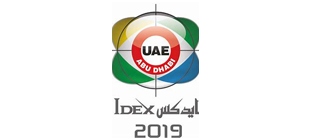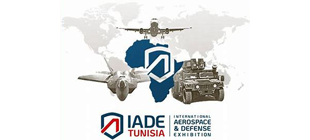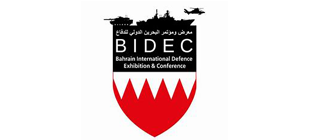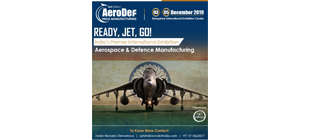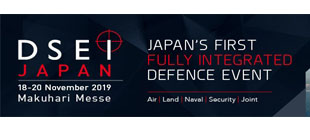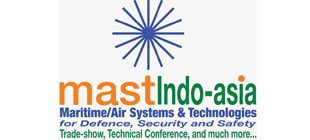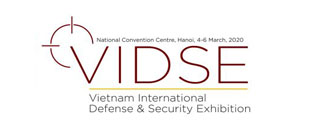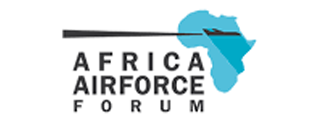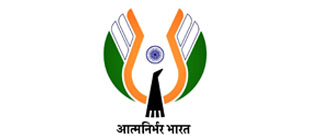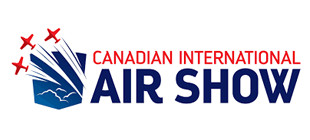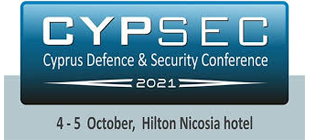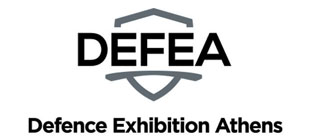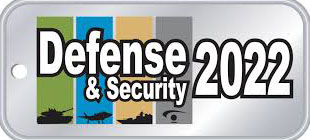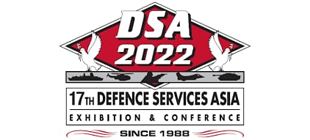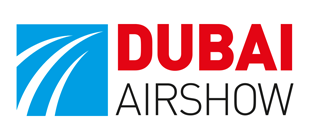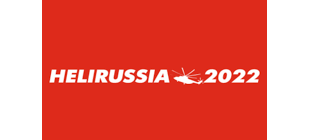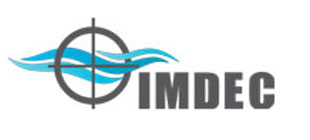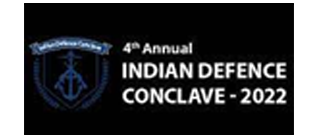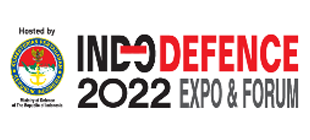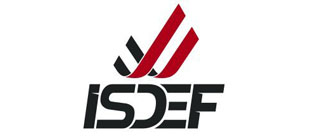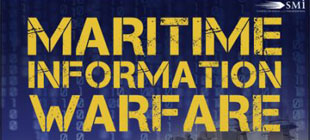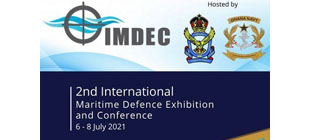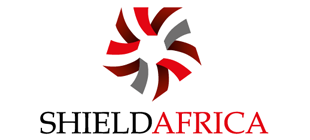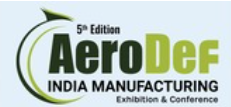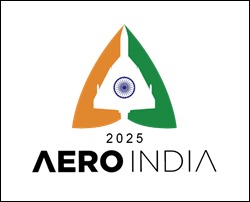- Change of Guard as MRO remains the buzz word
- ADU in conversation with the new President MRO Association of India CS Tomar
Mumbai. 22 January 2025. India, one of the fastest growing aviation markets and constantly fueled by newer aircraft orders from domestic carriers, rising passenger traffic, growing regional connectivity with newer routes and developing airport infrastructure. The Centre for Asia Pacific Aviation (CAPA) India, forecasts that by 2043, India could be handling 1.3 billion passengers and operating a commercial fleet of 4,000 aircraft. As per MoCA, Indian carriers are projected to add about 600 planes in the next five years
One begins to wonder, if India is going to receive over 600 aircraft in the next five years, do we have enough capability and MRO infrastructure to maintain and repair the new and existing fleet? Or will India continue to send its airplanes abroad for MRO services?
“Indian carriers have been sending aircraft abroad for their maintenance needs since a long time leading to loss of valuable revenue for the country,” says C.S.Tomar, president, MRO Association of India. This single thought led the MRO stakeholders and government officials thinking on what can we change to make India ‘atmanirbhar’ in terms of MRO space. Armed with this thought, the Ministry of Civil Aviation under the able guidance of our Prime Minister Narendra Modi and Minister of Civil Aviation, Ram Mohan Naidu drafted a change of policy plans for the Indian MRO sector.
Completely aligned with the Government’s ‘Atmanirbhar Bharat’ initiative, the MRO Association of India is committed to create a robust environment for both domestic and international airlines to access world-class MRO facilities in India. The Association has time and again participated in various discussions and debates with the ministerial council to implement favourable MRO policies for the smooth functioning of local repair shops in the country. “We are focussed on the needs and demands of domestic carriers and also aim to attract foreign airlines in India to use our MRO services,” says Tomar.
Government of India has recently announced the unification of GST slabs for MRO components and services, which will facilitate the integration of domestic MROs with global value chains. The recent order by domestic airlines for over 1,100 aircraft is expected to double the size of India’s MRO industry from $2 billion to $4 billion over the next seven years.
Below are some of the key initiatives taken by the Ministry of Civil Aviation to strengthen the MRO sector:
- Demand for MRO Services: The growing demand for MRO services in India has generated the need to cater not only to the domestic fleet but also to international airlines. “India’s geographical advantage allows us to offer MRO facilities to numerous international airlines, making us a competitive global player.
- Integration into Global Value Chains: efforts are underway to harmonize Indian MRO facilities with international standards making India a preferred destination for international airlines.
- PLI Scheme for MROs: depending on the industry demand, the Government could consider extending a PLI scheme to the MRO industry to further accelerate its development.
- GST Reforms: Previously, the varying GST rates of 5%,12%, 18%, and 28% on aircraft components created challenges, including an inverted duty structure and GST accumulation in MRO accounts. But a landmark decision was notified on 12th July 2024 whereby a uniform IGST @5% shall be applicable for all parts of aircraft/ aircraft engines and APU irrespective of the Chapter of the Custom Tariff Act, 1975 under which the item may be covered. This historic decision, effective from July 15, 2024, simplifies the taxation process and is projected to propel the MRO industry towards a $4 billion valuation by 2031.
- Support and Incentives for MRO Facilities: The government is committed to provide all policy and regulatory support to ensure the success of these initiatives.
- Customs Duty Exemption and FDI Facilitation: the government has extended the period for exporting goods imported for repairs from 6 months to 1 year. The customs duty on tools and toolkits has already been exempted. Additionally, the government has allowed 100% Foreign Direct Investment (FDI) via the Automatic Route for MROs, aimed at achieving the best possible Turn Around Time (TAT).
The government remains committed to supporting the MRO sector with all necessary regulatory and policy enablement to ensure its growth and sustainability. MRO Association of India is completely in sync and aligned with the above policies of the government. “We, at MRO Association constantly strive for the overall progress of the MRO sector,” Tomar adds.
These new policies opened new avenues for third-part MROs in the country and encouraged FDI’s through joint ventures with OEMs and domestic MROs in India adding to their capabilities and further expanding the MRO sector leading to a robust self-reliant MRO sector in the country.
As India’s count down to celebrating it’s Republic Day 2025 begins, the MRO Association of India moves forward on it’s path to create a globally compatible ecosystem for the MRO sector which will be a national asset and an international attraction.
As told to Sangeeta Saxena




